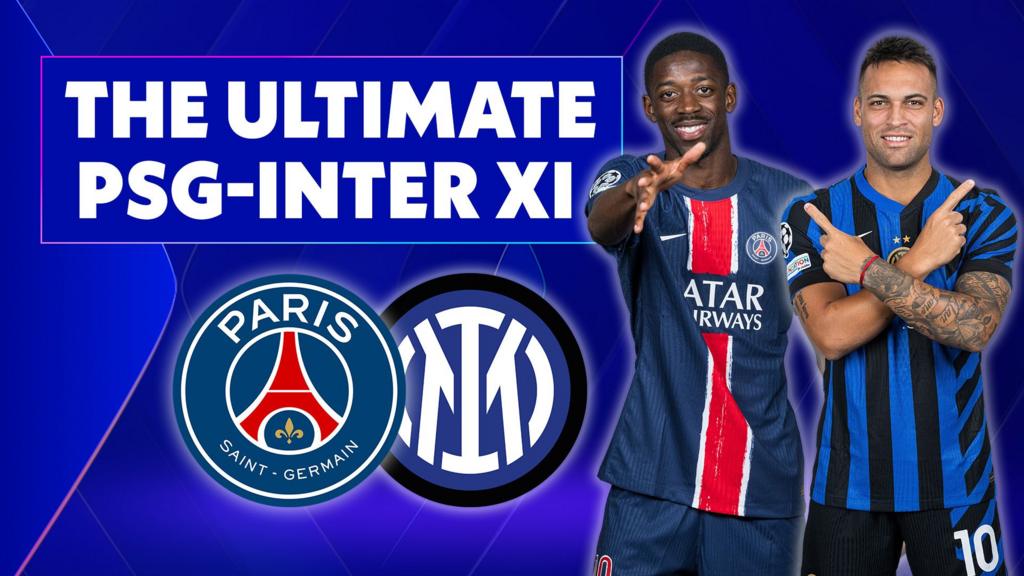Prediction: 1 Artificial Intelligence (AI) Stock Will Be Worth More Than Nvidia and Palantir Technologies Combined by 2030
Meta Platforms is using artificial intelligence to strengthen its advertising business, and its Orion augmented reality glasses could be the next big consumer electronics product.
Interest in artificial intelligence went parabolic following the release of ChatGPT in late 2022. Since then, Nvidia stock has advanced 1,090% to a market value of $4.2 trillion. And Palantir Technologies stock has climbed 2,340% to a market value of $370 billion. That means the companies are collectively worth $4.6 trillion.
I predict Meta Platforms (META -1.69%) will surpass that figure in no more than five years (i.e., before the end of 2030). The company is currently worth $1.9 trillion, which means its share price must increase by about 247% for its market value to reach $4.7 trillion. Here’s why I think that could happen.
Image source: Getty Images.
Meta Platforms is a digital advertising giant with deep AI expertise
Meta Platforms owns three of the four most popular social media platforms as measured by monthly active users. That competitive advantage lets it collect consumer data on a tremendous scale, and that data helps brands target ad campaigns. As a result, Meta is the second-largest adtech company worldwide and is likely to gain market share, according to Morningstar.
Meta has already made strides in boosting engagement with artificial intelligence (AI). CEO Mark Zuckerberg told analysts on the second-quarter earnings call, “Advancements in our recommendation systems have improved quality so much that it has led to a 5% increase in time spent on Facebook and 6% on Instagram.” He also said that advertising conversion rates increased across both social media platforms, meaning more clicks and purchases.
Importantly, Meta is investing aggressively in AI infrastructure and aspires to automate the entire ad creation process by next year. The Wall Street Journal writes, “Using the ad tools Meta is developing, a brand could present an image of the product it wants to promote along with a budgetary goal, and AI would create the entire ad, including imagery, video, and text.”
Meta’s Orion smart glasses could be the next big consumer electronics product
Meta Platforms is the market leader in smart glasses, a nascent market where shipments more than tripled last year and are forecast to increase faster than 60% annually through 2029. And Meta is actually gaining market share. Its Ray-Ban smart glasses accounted for nearly three-quarters of shipments in the first half of 2025, up from 60% in 2024.
Counterpoint Research writes, “Ray-Ban Meta smart glasses redefine the smart glasses experience by integrating wearable AI while combining a stylish design with enhanced smart functionalities.” The company sees a large opportunity on the horizon. Zuckerberg believes smart glasses could replace smartphones as the personal computing form factor of choice within the next 15 years.
To capitalize, Meta announced Orion last year, smart glasses that incorporate augmented reality (AR) that overlays the physical world with holographic displays. The company will not commercialize the product for several years while it works to make the technology less expensive. However, smart glasses that blend AR and AI could be revolutionary, as they would enable wearers to search the internet, talk with friends, and watch media content without phones.
Apple rose to great heights following its introduction of the iPhone in 2007. If Zuckerberg is correct about smart glasses being the next big breakthrough in consumer electronics, Meta could become the Apple of the next decade, which means its market value could increase substantially in the years ahead.
Meta Platforms could be a $4.7 billion company by mid-2030
To summarize, Meta has a strong presence in digital advertising and a leadership position in smart glasses. Adtech spending is forecasted to grow at a rate of 14% annually through 2032, while smart glasses sales are projected to increase by more than 60% annually through 2029. In total, that gives Meta a reasonable shot at annual earnings growth of 20%+ in the next five years.
That outlook makes the current valuation of 26.7 times earnings seem quite reasonable. And if Meta does grow earnings at 20% annually over the next five years, its share price could increase by 149% without any change in the price-to-earnings (P/E) ratio. That would bring its market value to $4.7 trillion by mid-2030, surpassing the current combined market value of Nvidia and Palantir.
Trevor Jennewine has positions in Nvidia and Palantir Technologies. The Motley Fool has positions in and recommends Apple, Meta Platforms, Nvidia, and Palantir Technologies. The Motley Fool has a disclosure policy.







